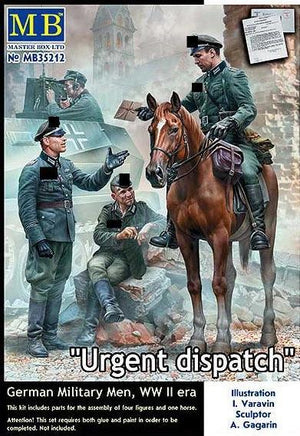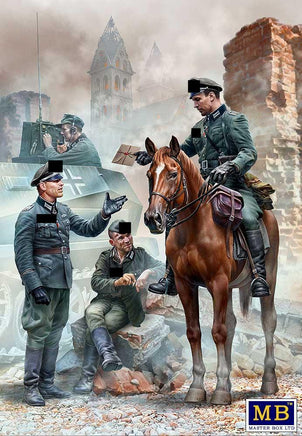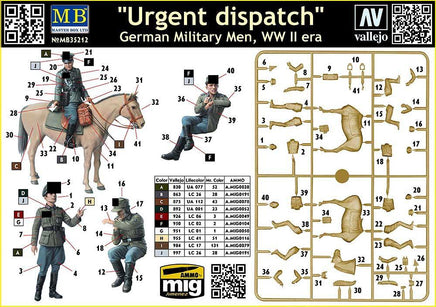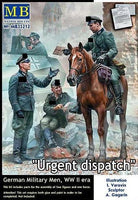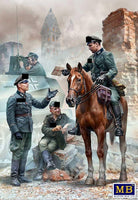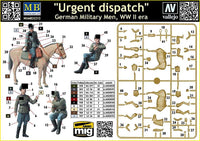Despite their defeat in World War I, the German officer corps in the interwar period still saw the main means of victory in a future war as an offensive operation. Thus, he drew a different experience from the Great War than his French counterpart. Based on the experience of 1914–1918, including the infiltration tactics used by the Stosstruppen troops, but also noticing the intense development of aviation and armored weapons, part of the German officer corps (e.g., Gen. Heinz Guderian) developed theoretical assumptions of the so-called lightning war (German: Blitzkrieg), that is, striving to knock down the enemy with one decisive offensive operation carried out in the shortest possible time and with the maximum intensity of forces and resources. The German officer corps was also trained according to this offensive doctrine of war in the 1930s and during the world war. It is also worth adding that German officers of almost all levels in the course of World War II used the principle of so-called command by task (Ger. Auftragstaktik), that is, they outlined to their subordinates the task to be achieved and the forces at their disposal, while the execution of the task was entirely up to them. Such a model of command, based on very well and uniformly trained officers, led to the fact that the German army was highly flexible in action and was able to react faster to various levels than its opponents (e.g., the French army during the campaign of 1940 or Soviet army of 1941). This system proved successful (especially at lower levels) throughout World War II. It is also worth adding that many outstanding commanders served in the German officer corps from the Second World War, including Erich von Manstein, Heinz Guderian, Erwin Rommel, and Walter Model.
Panzergrenadier is a German term for a formation of panzer grenadiers, i.e., infantry units trained to fight in close cooperation with their own tanks. This term was officially used in 1942, when infantry divisions were renamed grenadier divisions and motorized infantry divisions became panzer grenadier divisions. It is worth adding that in the years 1937–1942, the Schützen Regiment was used to describe the infantry regiments serving in armored units. Theoretically, the basic equipment of armored grenadier divisions was to be armored half-tracked transporters, especially Sd.Kfz.251, but due to insufficient production, these infantry were often transported by trucks. As a standard, an armored grenadier division consisted of three infantry regiments, two battalions in each regiment, and numerous support units, including anti-tank, anti-aircraft, sapper, and communication units. Self-propelled guns, such as the StuG III, were often used in these formations. It is worth adding that the armored grenadier divisions were formed not only in the Wehrmacht but also in the Waffen SS—for example, the Totenkopf Division or the Hohenstaufen Division.

